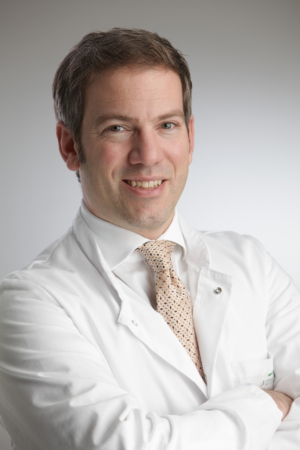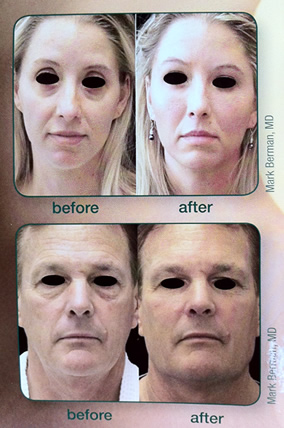Viability of Autologous Fat Calf Grafting
/Research shows that autologous calf fat grafting is a viable alternative to traditional implant-based calf augmentation for congenital calf discrepancies and aesthetic pseudo-varus deformity.
According to the study published in the official publication of the American Society for Aesthetic Plastic Surgery (ASAPS), Aesthetic Surgery Journal, fat grafting for slender calves provides results that are comparable to those obtainable via traditional methods.
Some patients who want to undergo calf implants are concerned with the risks associated with the surgery and the possibility that strenuous exercise may cause the implant to move. Some plastic surgeons use silicone implants that is selected based on the patient's anatomy. These implants are placed under the fascia of the original calf muscle that is strong enough to withstand physical sporting activities.
Researchers Gerhard S. Mundinger and James E. Vogel pointed out in the research that there are few studies published regarding the advantages of fat grafting for calf augmentation and re-shaping compared with the traditional silicone calf implants.
According to Dr. James E. Vogel,
Autologous fat augmentation offers a number of advantages over calf implants, including liposuction in adjacent areas to improve calf contour, smaller incisions, additional augmentation through subsequent fat grafting, durable results, lack of foreign body reaction, and precise patient-specific adjustments not possible with off-the-shelf implants.
Medial and lateral calf augmentation was accomplished with injection of prepared autologous lipoaspirate intramuscularly and subcutaneously.
Thirteen patients underwent calf augmentation and reshaping with autologous fat grafting over a period of five years. Ten patients underwent bilateral calf augmentation, and three cases were performed for congenital leg discrepancies.
Prior to the fat transfer, local anesthesia was injected to utilize the smallest amount of effective anesthetic volume. This was also done to precisely place it into the muscle resulting in less sedation and more rapid postoperative recovery.
Fat was harvested from the abdomen, lateral thigh, medial thigh, waistline, flanks, axilla, upper back, and hips. Irrespective of the fat harvest site, liposuction was also performed at the knee to improve contour.
A mean of 157 cc of separated fat was transferred per leg, with roughly 60% and 40% transferred into the medial and lateral calf, respectively. Injections were first performed directly into the calf muscles and then into the subcutaneous calf tissue.
Four patients underwent a second round of autologous fat injection for further calf augmentation because they desired additional volume. Fat volume was judged to be sufficient when the calf was minimally firm but not tense. At a mean of 19.6 months of follow-up, durable augmentation in calf contour was documented by comparison of standardized preoperative and postoperative photographs.
The research concluded that the use of autologous fat transfer is a viable option compared to the use of traditional silicone implants.
Read more on: http://asj.oxfordjournals.org/content/early/2015/09/01/asj.sjv166








